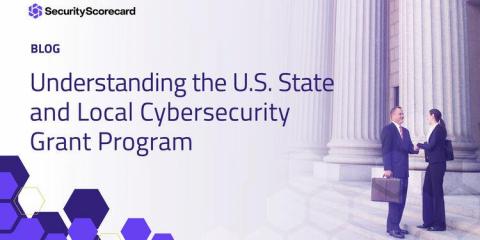The Value of Cybersecurity Professional Services for Organizations
Cybersecurity is a trending topic among boards and executives. Yet, many organizations need more technical capabilities to prepare and respond effectively to cyber incidents and regulatory requirements. Let’s explore what cybersecurity professional services really are and how they can help take an organization’s security to the next level.






















